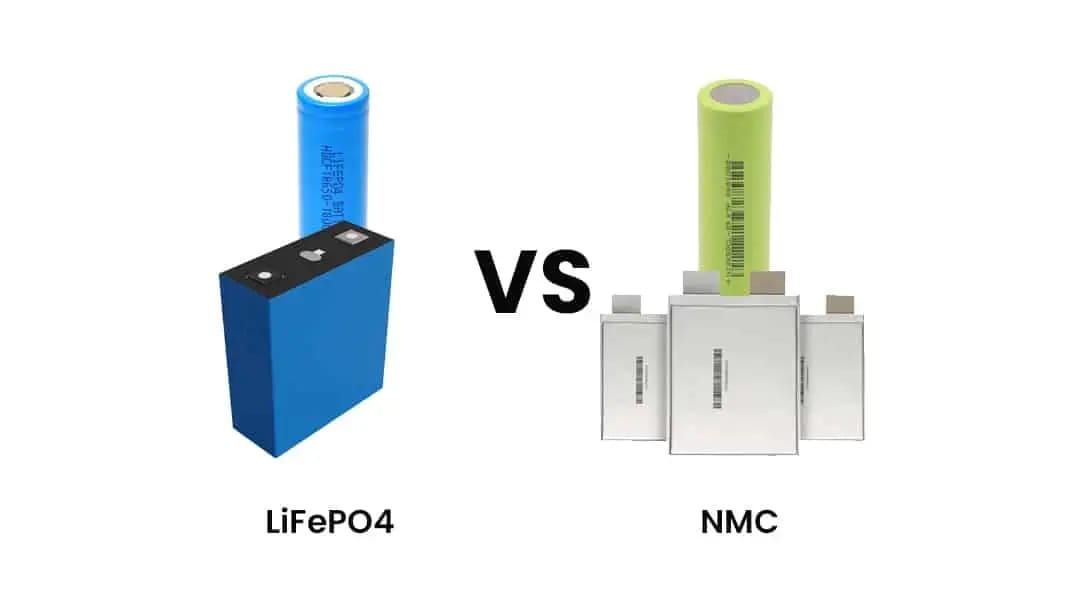In the ever-evolving landscape of energy storage, the choice between lithium iron phosphate (LiFePO4) and nickel manganese cobalt oxide (NMC) batteries is a crucial decision, particularly as technological advancements push the boundaries of efficiency and stability. This article delves into the intricate nuances of LiFePO4 and NMC batteries, exploring their respective strengths, weaknesses, and the diverse applications where each excels.
LiFePO4: Stability and Cost-Efficiency
LiFePO4 batteries have garnered attention for their robust stability and cost-efficiency. The iron-phosphate chemistry inherently provides a higher thermal and chemical stability compared to other lithium-ion counterparts, making LiFePO4 batteries less prone to overheating and thermal runaway incidents. This trait is particularly vital for applications where safety is paramount, such as in electric vehicles and residential energy storage systems.
Additionally, LiFePO4 batteries are renowned for their longer cycle life, which contributes to a lower total cost of ownership over the lifespan of the battery. This characteristic makes them an attractive option for applications where frequent charging and discharging cycles are expected, such as in off-grid solar installations and uninterruptible power supply (UPS) systems.
However, LiFePO4 batteries face a notable drawback—performance in low temperatures. The efficiency of LiFePO4 batteries tends to diminish as temperatures drop, limiting their suitability in applications where exposure to extreme cold is a concern.
NMC: Energy-Dense and Efficient
On the other side of the spectrum, NMC batteries offer a compelling combination of high energy density and efficiency. The nickel-manganese-cobalt chemistry allows for a greater energy storage capacity within the same physical footprint, making NMC batteries a preferred choice for applications with space constraints, such as portable electronic devices and electric vehicles.
NMC batteries also demonstrate superior performance in a wide range of temperatures, making them suitable for diverse climates and environments. This characteristic enhances their versatility and widens the scope of potential applications, including grid storage, electric mobility, and aerospace.
Moreover, NMC batteries exhibit excellent charge and discharge efficiency, translating to enhanced overall system performance. This efficiency contributes to lower energy losses during cycling, resulting in increased energy utilization and improved overall system economics.
Despite these advantages, NMC batteries may exhibit a slightly shorter cycle life compared to LiFePO4 batteries. However, advancements in NMC battery technology continue to address this limitation, narrowing the gap between the two chemistries in terms of lifespan.
Striking the Balance: Choosing the Right Battery for the Right Application
While the differences between LiFePO4 and NMC batteries are evident, both chemistries have their unique strengths. Selecting the right battery depends on the specific requirements and conditions of the intended application.
For applications prioritizing safety, stability, and cost-effectiveness over a wide range of temperatures, LiFePO4 batteries emerge as the ideal choice. On the other hand, when energy density, efficiency, and versatility are critical, NMC batteries offer a compelling solution.
In conclusion, the choice between LiFePO4 and NMC batteries is not a matter of one being superior to the other, but rather a strategic decision based on the unique demands of the application. As technology advances, it is likely that further innovations will bridge the gaps between these two battery technologies, ultimately providing an even broader spectrum of options for energy storage solutions.


